Disclosure: This article contains affiliate links. We may earn a commission from purchases at no extra cost to you, which helps our travel content.
The 125-mile stretch between Anchorage and Seward might be one of the most spectacular drives I've ever experienced—and trust me, I've logged some serious miles across four continents. What makes this Alaskan route so special isn't just the jaw-dropping scenery that changes by the minute, but how perfectly it balances accessibility with wilderness adventure. Like a well-executed power play in hockey, this journey delivers consistent thrills while remaining manageable even with the family in tow.
Planning Your Anchorage to Seward Adventure
When I first tackled this iconic Alaskan route three summers ago, I made the rookie mistake of rushing through in two days. Learn from my blunder—this journey deserves at least a full week to truly savor its offerings.
Anchorage makes the perfect launchpad with its international airport and robust rental options. I recommend securing your vehicle well in advance, especially if visiting between June-August when demand skyrockets. While standard cars can handle the Seward Highway just fine in summer, I opted for a small SUV for the extra storage space and slight clearance advantage for some of the more adventurous side roads.
Before hitting the road, stock up on supplies at one of Anchorage's many outfitters. My go-to preparation ritual includes a stop at REI for any last-minute gear and Alaska Mountaineering & Hiking for local expertise. Don't forget to pack a solid water filter for those backcountry hikes—Alaska's streams look pristine but can harbor giardia just like anywhere else.
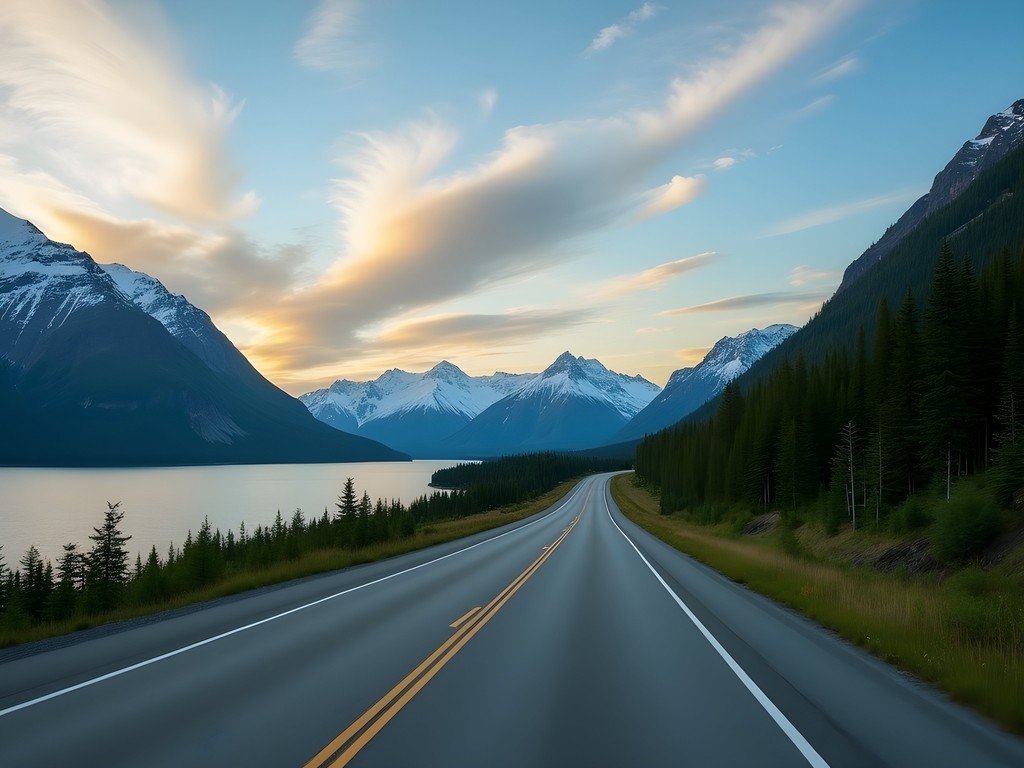
💡 Pro Tips
- Book accommodations at least 3-4 months in advance for summer travel
- Download offline maps as cell service is spotty along parts of the route
- Consider the Alaska Railroad for a one-way journey and driving the other direction to experience both perspectives
Turnagain Arm: Where the Wildlife Show Begins
Just 20 minutes out of Anchorage, the highway curves alongside Turnagain Arm, delivering what I consider to be the world's most scenic commute. This stretch reminds me of cycling through Norwegian fjords, except here you're likely to spot Dall sheep perched impossibly on cliff faces and beluga whales surfacing in the slate-blue waters during salmon runs.
Make Beluga Point your first stop—I've spent hours here with my spotting scope watching for the distinctive white backs of belugas during high tide. The dramatic tidal shifts here are among the largest in North America, creating a constantly changing landscape.
Further down the highway, the Alaska Wildlife Conservation Center offers guaranteed wildlife viewing, particularly valuable for families with younger children who might not have the patience for wilderness wildlife watching. The center's rehabilitation work with injured animals provides both education and incredible photo opportunities of bears, musk oxen, and wood bison against a backdrop of stunning mountain scenery.
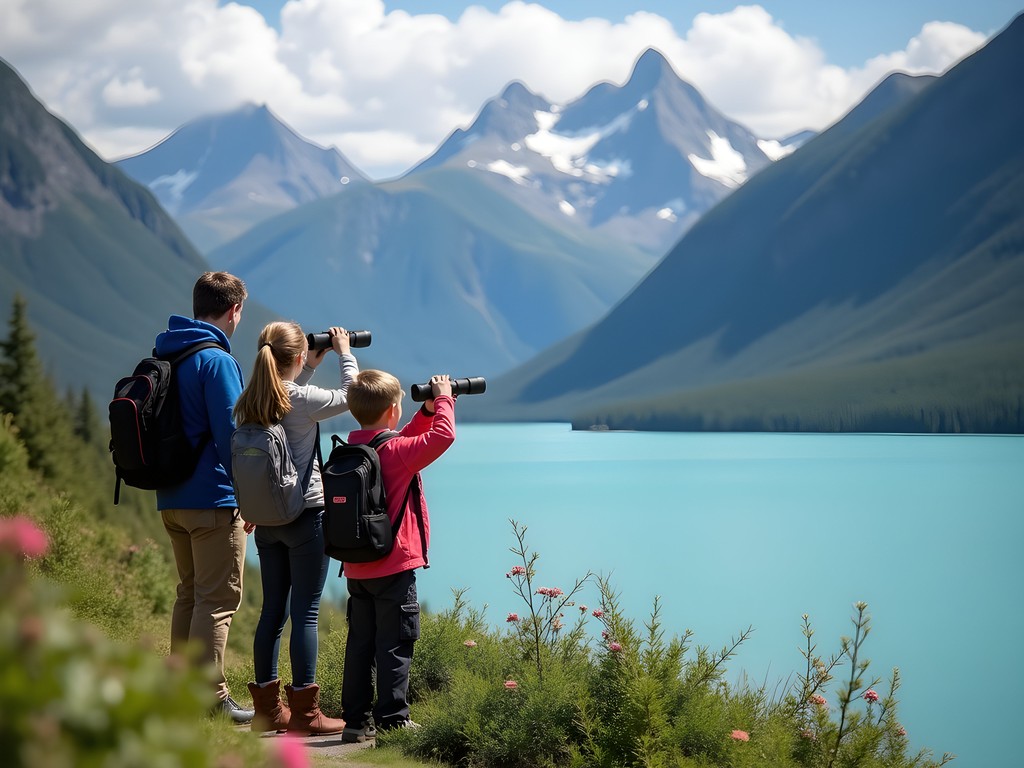
💡 Pro Tips
- Visit Beluga Point during the incoming tide for best whale-watching chances (typically May-August)
- Bring polarized sunglasses to cut glare when scanning the water's surface
- Allow 2-3 hours for the Alaska Wildlife Conservation Center to fully appreciate all exhibits
Portage Valley & Whittier: The Glacier Gateway
Turning off the main highway onto Portage Glacier Road opens up what I call Alaska's "glacier playground." This detour is absolutely worth a full day of exploration, starting with the Begich, Boggs Visitor Center where interactive exhibits explain the fascinating and rapidly changing glacial landscape.
The real highlight here is the boat tour to Portage Glacier, which retreated out of view from the road years ago but remains spectacular by water. For families with older kids and decent fitness levels, I highly recommend the hike to Byron Glacier instead—it's about 3 miles round trip with minimal elevation gain and delivers you right to a glacier toe where you can touch actual glacial ice.
The journey through the Anton Anderson Memorial Tunnel to reach Whittier feels like entering another world. This single-lane tunnel shared by cars and trains operates on a strict schedule, so check the timetable before planning your visit. Once in Whittier, join a day cruise into Prince William Sound—I recommend the waterproof dry bag to protect cameras and phones as you'll likely encounter spray when approaching tidewater glaciers that actively calve into the ocean. The sound of glacial ice cracking and thundering into the water is something your family will never forget.
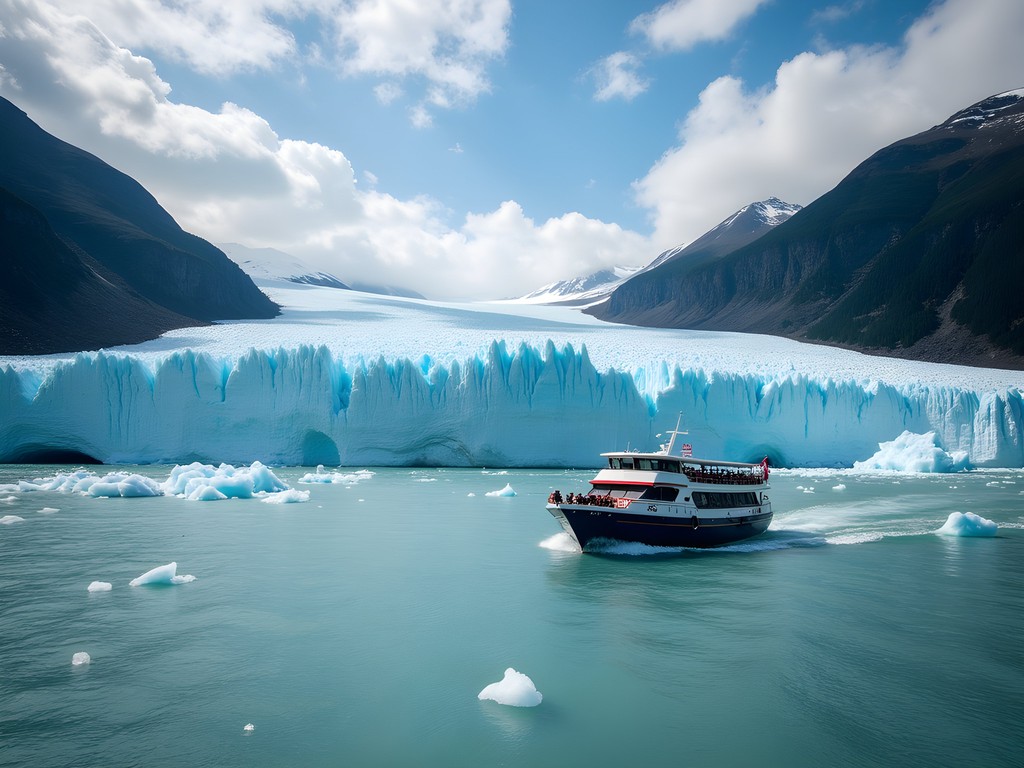
💡 Pro Tips
- Book Portage Glacier or Prince William Sound cruises at least a week ahead in peak summer
- Dress in layers with waterproof outer shell for glacier viewing
- Check the Anton Anderson Memorial Tunnel schedule before planning your Whittier visit
Kenai Fjords National Park: The Crown Jewel
Arriving in Seward feels like reaching the edge of civilization, with the small harbor town serving as gateway to the magnificent Kenai Fjords National Park. Having visited national parks across North America, I can confidently say this ranks among the most spectacular for family adventures.
Start with the accessible hike to Exit Glacier, where clearly marked trails lead to viewpoints of varying distances. The Glacier Overlook Trail is manageable for most kids and offers impressive views. For a more challenging experience, the Harding Icefield Trail climbs 3,000 feet over 4 miles (one-way), rewarding hikers with views of the vast 700-square-mile icefield that feeds 40 glaciers. This hike is strenuous but doable for families with teens and good fitness levels.
The marine wildlife viewing here is unparalleled. I've taken the 6-hour glacier and wildlife cruise three separate times and each experience was unique. Orcas, humpbacks, sea otters, puffins, and sea lions make regular appearances against a backdrop of towering glacial walls. For families prone to seasickness, I swear by motion sickness bands paired with ginger candies—this combination has saved many trips for my more sensitive travel companions.
For families with older children looking for an adrenaline boost, kayaking among the glaciers offers an intimate perspective you simply can't get from larger vessels. Local outfitters provide all necessary equipment and instruction, making this activity accessible even for beginners.
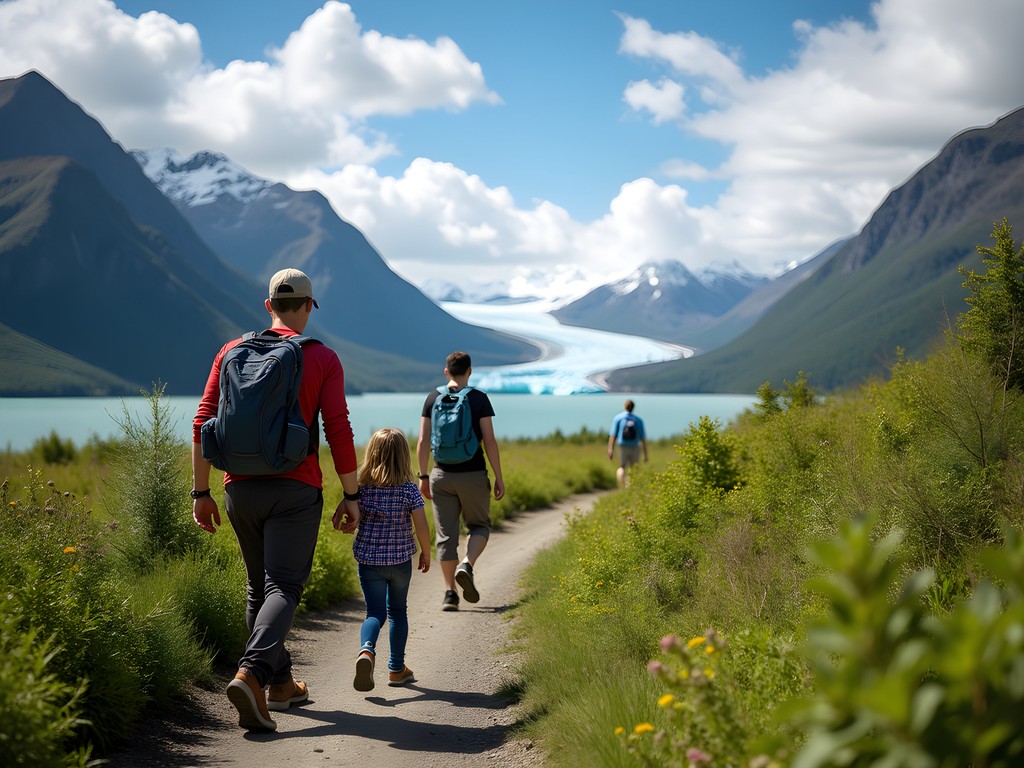
💡 Pro Tips
- Reserve national park boat tours 1-2 months in advance for peak summer dates
- Start the Harding Icefield hike early to avoid afternoon weather changes
- Pack binoculars for each family member to avoid wildlife viewing disputes
Seward: Small Town with Big Adventures
Don't rush back to Anchorage once you've reached Seward—this charming harbor town deserves at least two full days of exploration. The Alaska SeaLife Center downtown offers an excellent rainy-day activity (and trust me, you'll likely encounter at least one rainy day in this coastal climate). Their rehabilitation work with marine mammals and seabirds provides an educational complement to your wilderness experiences.
For active families, the Mount Marathon trail offers stunning views of Resurrection Bay, though the full route is quite challenging. The jeep trail portion is more accessible for families with younger children. Speaking of Resurrection Bay, I highly recommend trying your hand at salmon fishing if visiting between July and September. Several outfitters offer half-day family fishing charters that are perfect introductions to Alaska's legendary fishing.
During my last visit, I discovered the joy of fat tire biking along Seward's coastal trails. These specialized bikes with oversized tires handle a variety of terrain and provide a novel way to explore. I rented from a local outfitter who provided my handlebar phone mount compatible with my iPhone, allowing easy navigation and quick-draw photo capabilities without stopping.
For accommodations, Seward offers everything from campgrounds to harbor-view hotels. If traveling with family, I've found that the inflatable camping pillow makes even basic accommodations more comfortable for everyone, especially after long days of adventure.
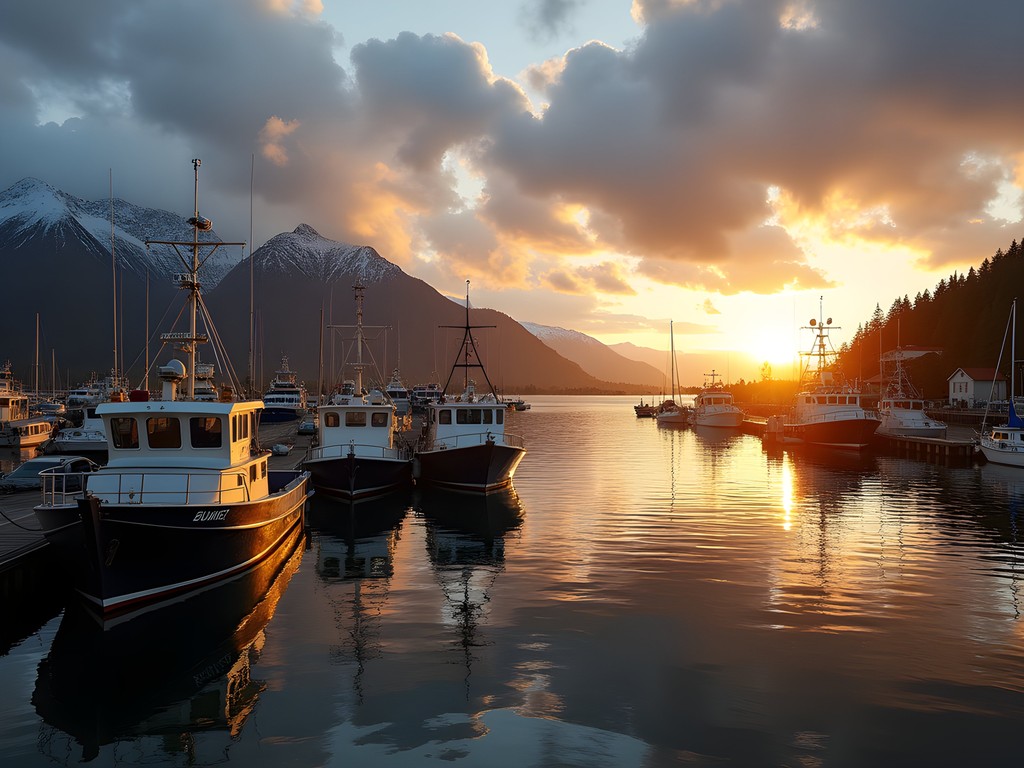
💡 Pro Tips
- Make dinner reservations in advance as Seward's best restaurants fill quickly in summer
- Take advantage of the midnight sun for evening beach walks and tide pooling
- Visit the harbor around 4-5pm to watch fishing boats return with their daily catch
Final Thoughts
The journey from Anchorage to Seward delivers what I consider the perfect balance of accessibility and wilderness—much like finding that sweet spot between pushing your limits and staying within your family's comfort zone. What makes this route truly special is how it scales to different adventure levels, whether you're traveling with young children or adventure-hungry teenagers.
I've made this trip in different seasons and with various companions, but summer remains the optimal time for families to experience Alaska's southeastern coastal region. The extended daylight hours (up to 19 hours in June!) maximize your adventure time, while the relatively mild temperatures make outdoor activities comfortable.
As you plan your own Alaskan adventure, remember that flexibility is key. Weather conditions can change rapidly, and wildlife operates on its own schedule. Some of my most memorable moments came from unexpected detours and spontaneous stops. Like any good hockey player knows, sometimes you need to abandon the set play and improvise based on what's happening on the ice.
So pack your sense of wonder alongside your rain gear, and prepare for what might just be your family's most epic adventure yet. The glaciers are retreating, the wildlife is abundant, and the memories you'll make along the Anchorage to Seward corridor will last far longer than your vacation tan lines.
✨ Key Takeaways
- Allow at least a week to fully experience the journey from Anchorage to Seward
- Book accommodations and major excursions 3-4 months in advance for summer travel
- Balance structured activities like glacier cruises with spontaneous explorations
- Pack for variable weather conditions with quick-drying layers and waterproof outer shells
- Consider the Alaska Railroad for one direction of your journey to experience different perspectives
📋 Practical Information
Best Time to Visit
June through August
Budget Estimate
$3,000-$5,000 for a family of four for one week
Recommended Duration
7-10 days
Difficulty Level
Moderate

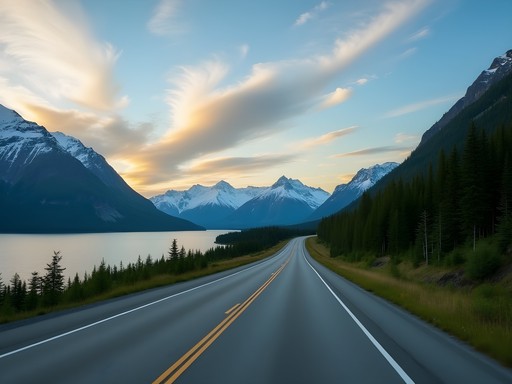
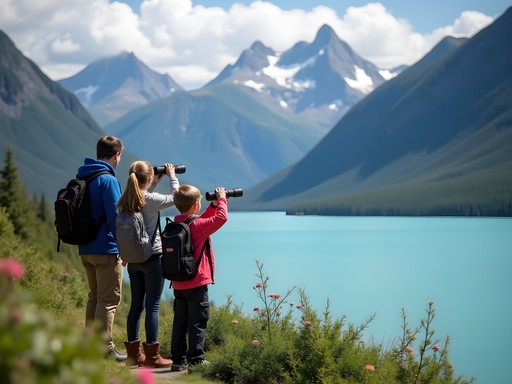

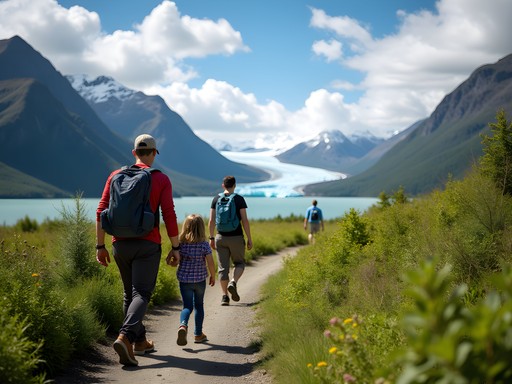
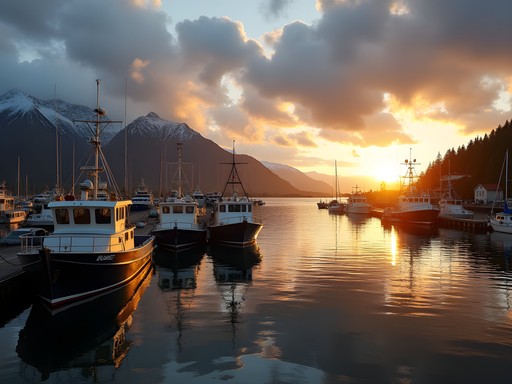






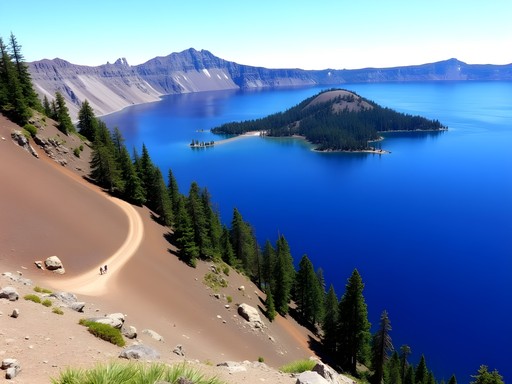



Comments
sunnyclimber
Did this drive last summer and it's everything Sean describes and more! We stopped at almost every pullout along Turnagain Arm and saw beluga whales twice. The Portage Glacier visitor center was worth the extra time too. My tip: leave super early from Anchorage to beat the tour buses at the popular stops. We hit the road at 6am and had some viewpoints completely to ourselves!
happystar
Did you need to book the Kenai Fjords boat tours in advance? Planning for next summer!
sunnyclimber
Absolutely book ahead! We went in July and tours were sold out 2-3 weeks in advance. The half-day tour was perfect for us - saw orcas and sea lions!
coolace
Wow! Those glacier pics are unreal! Definitely adding this to my bucket list.
Frank Garcia
Sean's analysis of the Turnagain Arm section is spot on. I backpacked this route last summer and found the tidal patterns fascinating from an ecological perspective. For those interested in the bore tide phenomenon, I'd recommend checking tide tables in advance - I used tide app which was quite accurate for predicting when to see the wave. The wildlife viewing between miles 75-90 was particularly productive - saw three black bears foraging near the road. For budget travelers: the Alaska Railroad is a viable alternative if you don't want to rent a car, though you'll miss some flexibility for spontaneous stops.
escapewalker
Thanks for the railroad tip! Was thinking about that option since car rentals in Alaska are so expensive.
Frank Garcia
The train views are actually amazing too - different perspective than the road in some sections. Just book early in peak season!
wildbuddy6205
Just did this drive last month and it's every bit as spectacular as Sean says! We pulled over at Beluga Point and spotted a pod of belugas swimming along the coast. Completely magical moment. The Portage Glacier is definitely worth the detour too - we took the boat tour and got right up close to the ice. One tip: leave super early from Anchorage to beat the tour buses, especially if you're traveling in summer. We left at 6am and had most of the viewpoints to ourselves for the first few hours.
backpackseeker
How long did the whole drive take you with stops? Planning to do it next summer.
wildbuddy6205
We took our time and did it in about 5 hours with lots of photo stops. Could do it faster, but why rush? The views are the whole point!
sunsettime
Going there next May! Is it worth taking the Alaska Railroad instead of driving? Worried about road conditions.
Bryce Diaz
May is actually perfect driving weather! The railroad is gorgeous (different views than the highway), but you'll miss the freedom to stop at all the viewpoints. I'd recommend driving one way and training back. Roads should be fully clear of snow by then, just pack layers since weather changes fast. My binoculars were essential for spotting wildlife from the pullouts.
sunsettime
Thanks! Great idea to do one way each direction. Definitely adding binoculars to my packing list!
Venture X
Premium card with 2X miles, $300 travel credit, Priority Pass